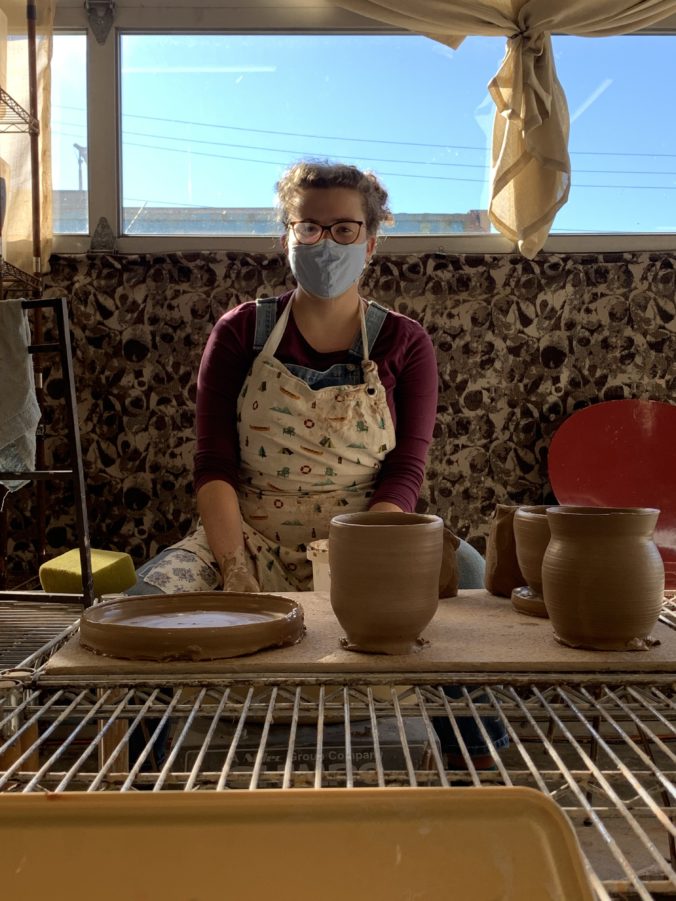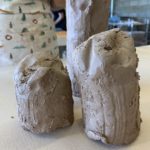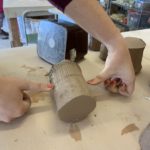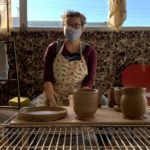Intellectual property, copyright and public domain include bimodal positions that both have strong arguments. In the film “A Remix Manifesto”, they look at copyright, creative commons and public domain and while they are biased coming from a pro creative commons standpoint do a great job of explaining both sides. The main artist they follow is Girl Talk, an individual who takes unauthorized samples from a huge variety of songs and makes his own remixed song. It is incredibly creative, and very popular. He does not see it as stealing, as he is making something new and very different from these sources. On the flip side, in one of the interviews, Lars Ulrich from Metallica is shown to be very upset about people illegally stealing his music. He argues this is his intellectual property. Throughout the movie however we see that the people that really benefit from locking up their content are very much driven by wanting the maximum amount of profit without really always giving credit or the money to the original artist. Disney is a great example. Disney has made billions of dollars reworking and animating stories that have been in the public domain for hundreds of years, for example Cinderella. Yet somehow, they do not see it as taking those stories and making a profit but consider them their own. Another great example is “Bittersweet Symphony by the Verve”. There has been a decades long battle with the Rolling Stones on how the Verve did get permission to use an orchestral section of the Stones song “The Last Time” but then claimed they took too much. The issue here is that the Rolling Stones based their song on a traditional gospel song that was sung by the Staple Singers. Sounds a little hypocritical to me.
One of the main reasons to be upset about someone taking your work is the lack of recognition however, and that can be accomplished through creative commons. I personally agree with creative commons as the way we should move forward as a society. We are striving to be a better connected global community, and it is so important for the betterment of everyone to “promote the free flow and growth of creativity and ideas” (Remix Manifesto). When looking on the Creative Commons website, they had an article posted about how they are calling on organizations to open their patents and copyrights freely available to fight COVID. This could be instrumental in finding a vaccine sooner. By using Creative Commons effectively, credit to the creator is still accomplished while allowing others to benefit from your work. Another great tool from them is the Creative Commons Search Browser Extension. This allows you to search for CC licensed images, download them and attribute the owner or creator! I also added a CC license to my blog, so others can share my content with credit. First you choose what type of license you want from CC, and then follow the instructions on the “Add a CC Mark to a WordPress Blog” and you are done!
My favourite quote from Remix Manifesto is “We are not passive consumers anymore, we create and collaborate”. The is the epitome of how our society is moving forward, and we better get on board.
I also had a closer look at our Social Media Competency this week. It was great to see the link towards “What Makes a Good Blog Post”, as since this is my first time blogging, tricks of the trades from the professionals is always welcome. The first point they make it to go look at everyone else’s blog! What do you like, what do you not like? I honestly had not really taken the time to spend a half hour exploring different classmate’s blogs and I had a great time. People are learning about so many interesting things! The biggest take home for me was the pictures and videos. That really drew me into the story they were telling about their inquiry. Hyperlinks are also an excellent way of incorporating a ton of information while still leaving the post as readable. Readers can choose how much they want to delve into each topic. When critically evaluating a topic or technology, they suggested using “CRAAP” (Currency, Relevance, Authority, Accuracy and Purpose). Is your information up to date, do your links work, does it relate to the topic at an appropriate level? Where are your sources, is it reliable and truthful, are you being objective or is this an opinion piece? These are all excellent ways to keep your posts effective and concise.
Another section of Social Media on our forum was a discussion of Podcasts on Teaching and Learning! I love listening to podcasts (as I’m sure many of us do), and often listen when I am cleaning the house, biking downtown or gardening. One of my favourite podcasts as I mentioned on my second inquiry post is “Stuff You Should Know”. The co hosts are hilarious, research their material from reputable sources and take in corrections when necessary. When I started listening to them, I would cherry pick according to what I thought I was interested in, but after a while I just let the episodes run and learned so much fascinating stuff that I would have never picked! One excellent episode I just finished is “How the Electoral College Works” if you are looking for some clarity and understanding on how the US election works.
I would really like to be able to incorporate podcasts into teaching down the road. It gives students another avenue to get interested in class material or to learn more about something they learn in class. I like the look of “Brains On”, as their goal is to encourage curiosity about science and history, but I would want to listen to a few as it looks like it might be geared towards a younger age group. I also looked at “Tumble”. With titles like “The Science of Whiskers” and “Hamster Versus Bacteria” it seems like a great way to encourage casual, out of the classroom learning of science.







Recent Comments